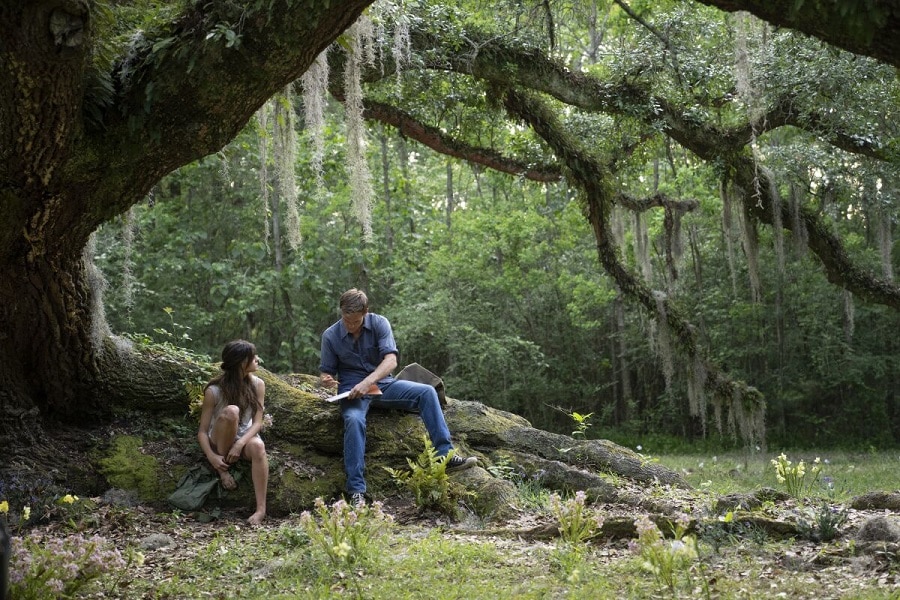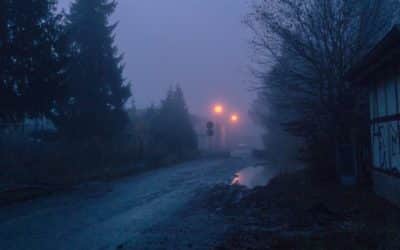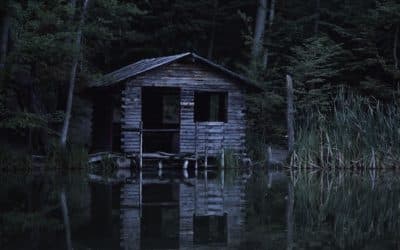
When a Place Becomes a Character
By Robert McCaw
Every mystery has a setting. It can be as simple as the sparse interior of an interrogation room or as panoramic as the sweep of a Michener novel. The setting is often little more than a stage where actors come to perform and speak their lines. Sometimes, though, authors spin magic to craft an environment that becomes a character as integral to the plot as a protagonist.
These settings—not mere places but environments rich with lights and sounds, smells and weather, legends, customs, history, and foreign languages—leave an indelible mark on their players, shaping their thoughts and actions while effectively transporting readers to times and places unknown to them. Can anyone imagine Raymond Chandler’s worldly and cynical detective Philip Marlowe outside the glamour and grit of 1940s Los Angeles? Or Michael Connelly’s dogged yet irascible Harry Bosch without jazz, the view from his deck, and the “high jingo” foil of political influence emanating from the top floor of the LAPD headquarters.
As a devoted reader and writer of mysteries, I gravitate towards the genre’s novels whose settings are so animated. I hope similarly inclined readers will enjoy hearing about some of my favorites.
For Jane Harper, author of The Dry, Force of Nature, The Lost Man, The Survivors, and Exiles, the remote and unforgiving Australian Outback seeps out of the pores of many of her characters. They articulate its mostly arid landscape, speak its language, and know they must guard themselves and their loved ones against its ravages. In many ways, the Outback generates the mysteries they must decode while simultaneously offering up the clues they must follow.
Jumping halfway around the world, Joy Ellis sets many of her stories in the foreboding Fens of eastern England. In The Patient Man, Ellis describes the Fens as a place where “nature ruled, where the water and the sky and the wind-shaped the land and the people who lived there.” And thus, Detective Inspector Nikki Galena, the protagonist in Ellis’s Crime on the Fens series, seems as if to emerge from the geography, weather, isolation, linguistic, and cultural qualities of the Fens, chasing mysteries inextricably linked to that isolated, misty, and foreboding place.
Turning north and west to the Outer Hebrides, Fin Macleod is the central character in The Chessman and other novels of Peter May’s Isle of Lewis trilogy. The Isle of Lewis setting embodies a “world unto itself, a place where the traditions of the past still held sway and the rhythms of life were dictated by the seasons and the cycles of the sea.” Macleod’s personal history as a former islander has undoubtedly infused the stories’ air of authenticity and reinforced the extent to which the raw, untamed beauty of the setting has the power to shape the players and drive the plot.
In where the Crawdads Sing, Delia Owens sets a different kind of mystery story in the North Carolina marshes. This setting–“a fragile and vast mosaic of sound and smell, broken patterns of wind and water, the pulse of life beating, humming, breathing in every surface, sprout, and stem”—creates the protagonist, Kya, or “Marsh Girl.” At the same time, the hot, humid marsh, teaming with pulsating life unique to its surroundings, is integral to the mystery surrounding the death of Chase Andrews and, thus, indispensable to the plot.
As a third-generation game warden, Joe Pickett in C.J. Box’s novels is uniquely connected to the rural Wyoming landscapes he inhabits. The vast isolated, yet majestic landscape helps to explain Pickett’s sense of independence and reverence for nature. Giving rise to a sense of danger, the imposing grandeur of the Wyoming backdrops generates suspense and serves as the stage for the environmental conflicts that challenge Pickett.
No one captures the deep South’s atmosphere and complex racial currents like authors Greg Iles and James Lee Burke. Both use local history and culture to portray people and places as technicolor-rich as they are dangerous, dark, and starkly violent. For example, in Iles’ Natchez Burning, the story emerges from the city’s long secret and troubled past. In Burke’s Neon Rain, Robicheaux’s visit to the infamous Angola prison sets the tone for the New Orleans sleaze that follows and defines both characters and the plot.
Sticking with urban locales, Reykjavik, Iceland, is the setting for many of Araldur Indirdason’s novels. In The Shadow District, he uses the harsh and unforgiving landscape of the far north with its long dark winters to create a sense of isolation mirrored in the death of a reclusive 90-year-old man. Indirdason then uses Islandic history in two timeframes—one of WWII vintage and the other more contemporaneous—to explore how time and war change the character of this unique city near the Arctic Circle.
John Rain, the protagonist of many of Barry Eisler’s novels, is alive with the richness of Tokyo’s teahouses, baths, nightclubs, and dojōs or martial arts studios. Snippets of Japanese reinforce Rain’s intimate relationship with Tokyo and is integral to Rain’s backstory as half Japanese.
Then there is the international multi-setting. It requires an intimate knowledge of places far and wide around the globe and typically some theme to tie disparate locations together. In his recent Portrait of an Unknown Woman, Daniel Silva returns to his earlier form, focusing on the shady art markets of Venice, Paris, London, and New York. None of these places alone propels the story, but collectively they form an indispensable ambiance for the tale. It’s a good read in this era where frauds are not confined to the crypto markets.
Of course, there are many more authors whose settings help define their characters and inform their plots. If you have a favorite I’ve left out, please share it with me through my website.
About the Author
Robert McCaw grew up in a military family, traveling the world. He is a graduate of Georgetown University, served as a U.S. Army lieutenant, and earned a law degree from the University of Virginia. Having lived on the Big Island of Hawaii, McCaw’ s writing is imbued by his more than 20-year love affair with this Pacific paradise. He now lives in New York City with his wife, Calli. Retribution is the fifth in his Koa Kāne Hawaiian Mystery Series. You can learn more about the series on his website.

More Mystery Places Features
California Mysteries
What makes mysteries from The Golden State so special?
Location, Location, Location
Mysteries Have Their Place
Florida Mysteries
Why is Florida an ideal setting for a detective mystery?



